Find Help
More Items From Ergsy search
-

Sickle cell anaemia | NHS
Relevance: 100%
-

What are the complications of sickle cell disease?
Relevance: 73%
-

What are the symptoms of sickle cell disease?
Relevance: 72%
-
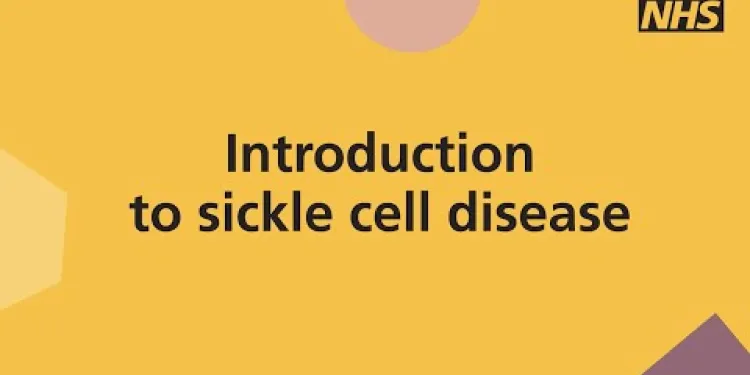
Introduction to Sickle cell disease
Relevance: 70%
-
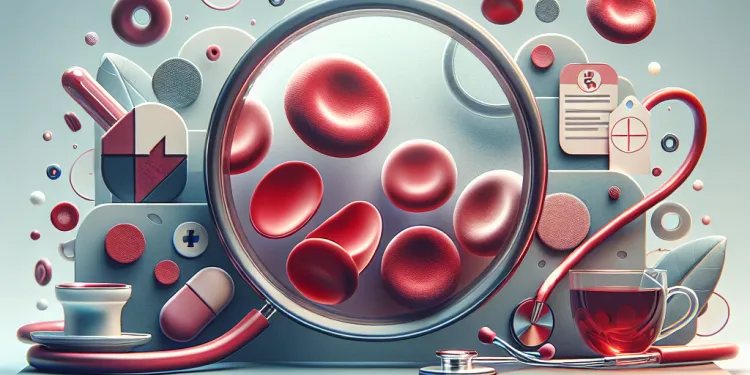
What is sickle cell disease?
Relevance: 70%
-
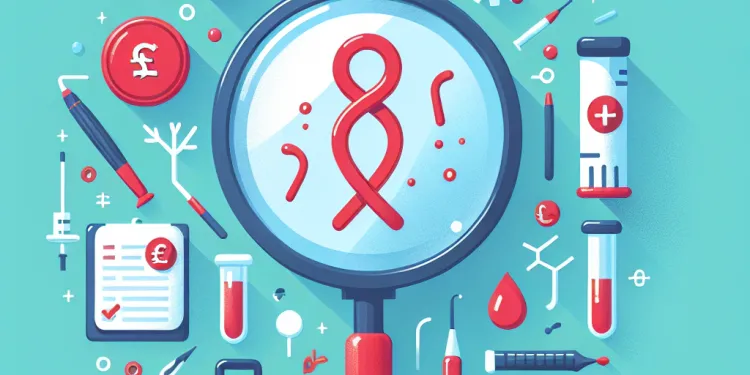
How is sickle cell disease diagnosed?
Relevance: 62%
-
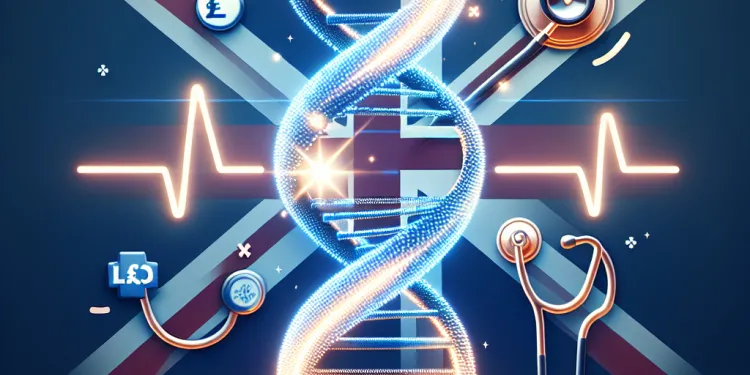
How is sickle cell disease treated?
Relevance: 62%
-
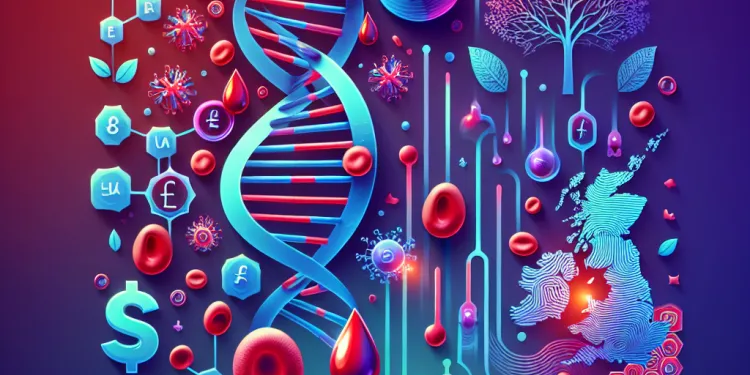
How is sickle cell disease inherited?
Relevance: 61%
-

Anaemia One stop shop
Relevance: 56%
-
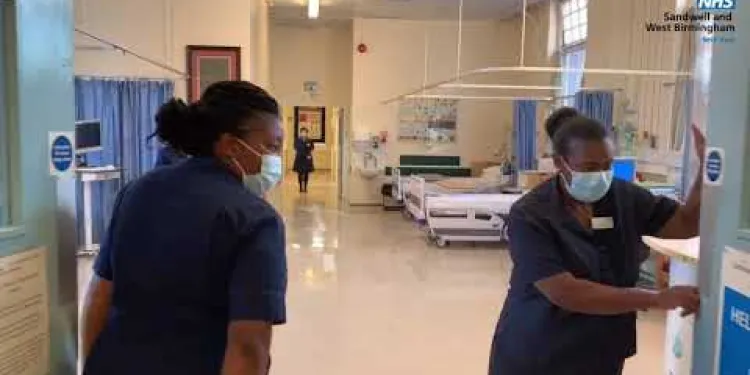
Tour of the Sickle Cell and Thalassaemia Unit at City Hospital | SCaT
Relevance: 53%
-

Sickle cell patients share their experiences with the last NHS Chief Executive Amanda Pritchard
Relevance: 49%
-

What is Anaemia (iron deficiency)?
Relevance: 43%
-

What causes iron deficiency anemia?
Relevance: 40%
-
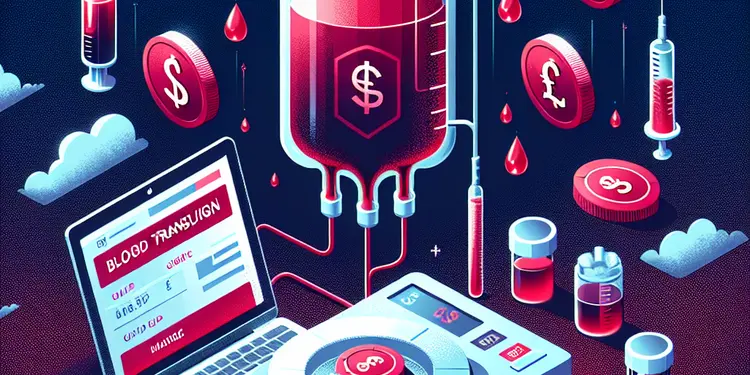
Why might someone need a blood transfusion?
Relevance: 36%
-
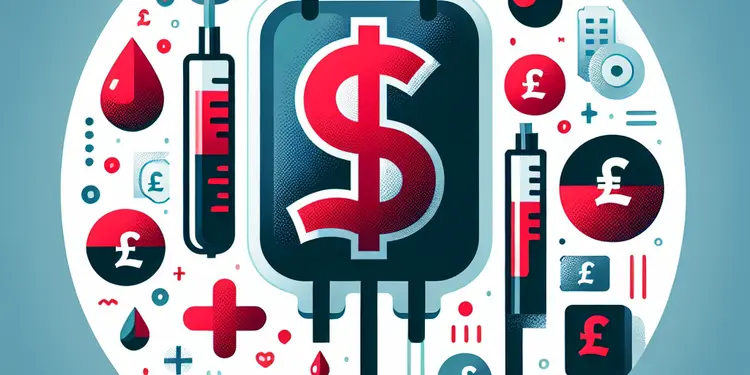
What are some common reasons blood transfusions are needed?
Relevance: 36%
-

Will I be in a shared or single cell?
Relevance: 28%
-

When do I find out about my cell assignment?
Relevance: 24%
-
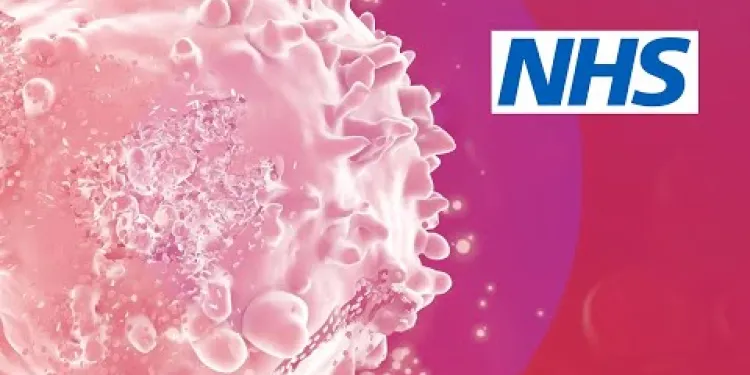
Leukaemia: What are the signs and symptoms? | NHS
Relevance: 20%
-
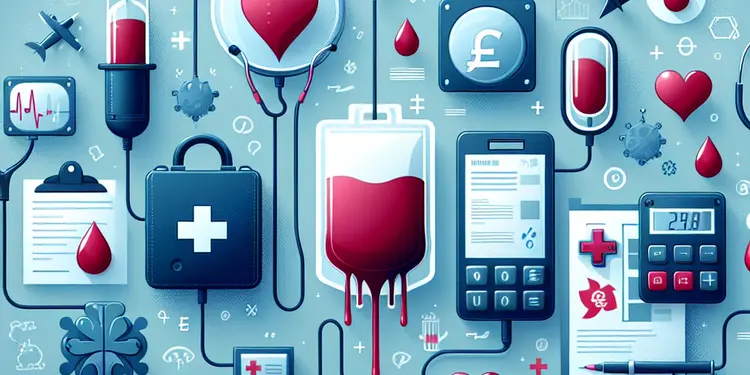
Can certain medical conditions prevent receiving blood transfusions?
Relevance: 19%
-

What types of blood products can be transfused?
Relevance: 18%
-
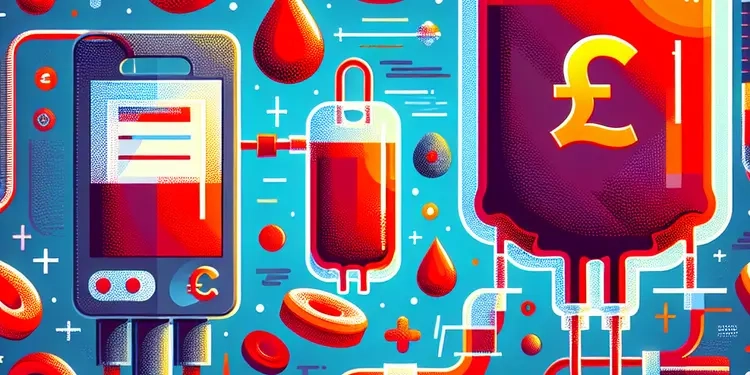
What is a blood transfusion?
Relevance: 15%
-
What role do mitochondria play in the cell?
Relevance: 14%
-

Blood Product Transfusions
Relevance: 14%
-
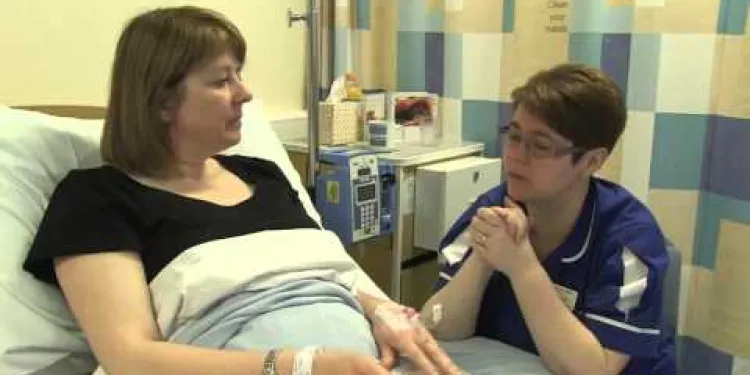
Blood Transfusion
Relevance: 13%
-

Heavy periods (heavy menstrual bleeding)
Relevance: 12%
-
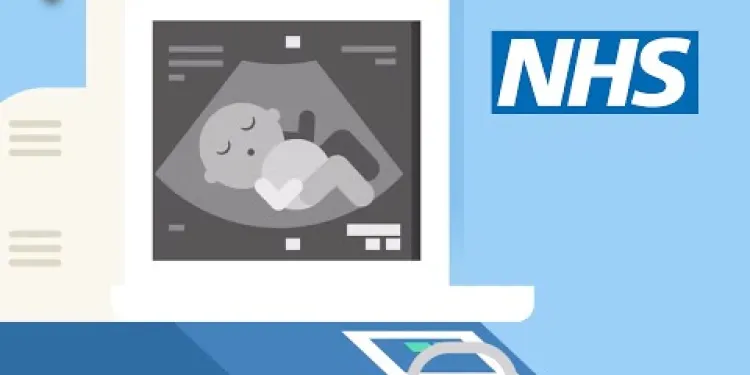
Screening tests for you and your baby | NHS
Relevance: 12%
-
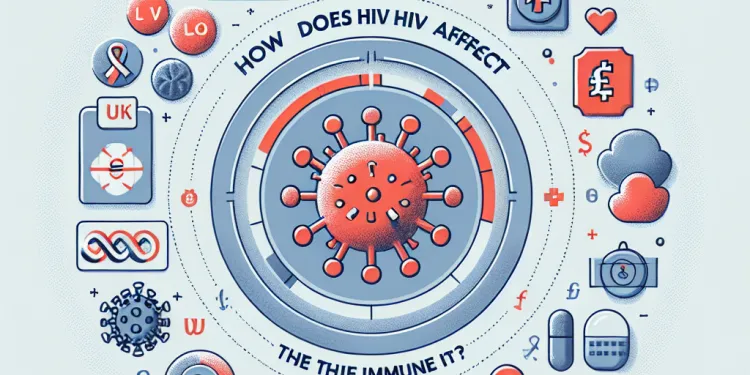
How does HIV affect the immune system?
Relevance: 11%
-
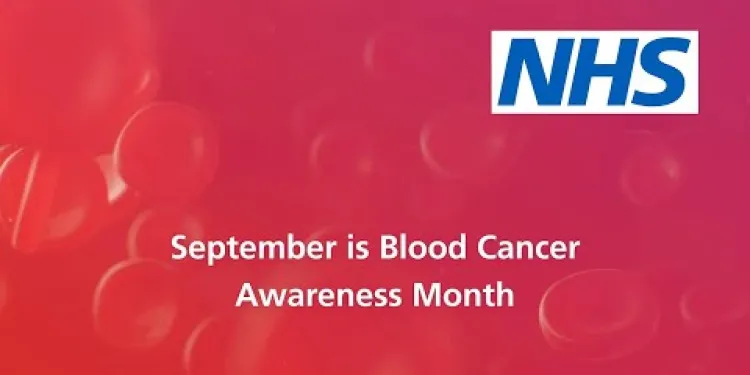
4 facts about blood cancer that you should know | NHS
Relevance: 11%
-
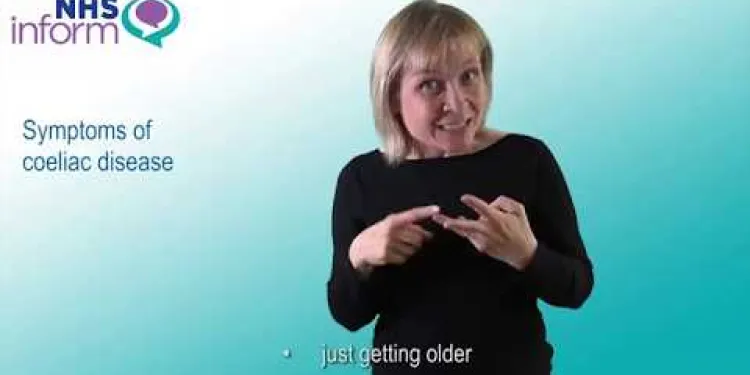
Symptoms of coeliac disease
Relevance: 10%
-

What is cervical screening (smear test)?
Relevance: 9%
-
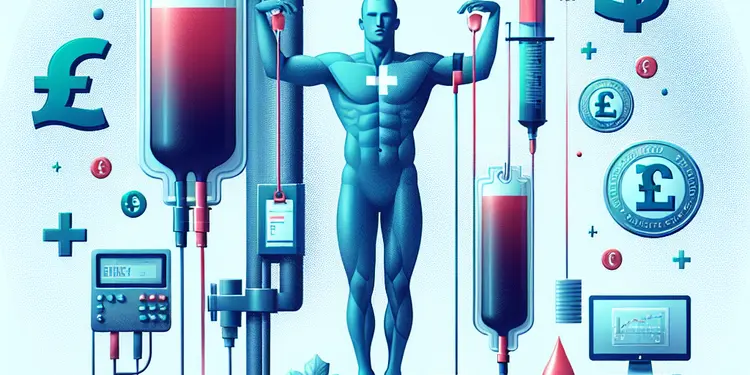
Can someone have a reaction to a mismatched blood transfusion?
Relevance: 9%
-

Are there risks associated with blood transfusions?
Relevance: 9%
-

What is the difference between HIV and AIDS?
Relevance: 9%
-

What to expect on the first day in a British prison.
Relevance: 9%
-

Learn about bowel cancer (British Sign Language version)
Relevance: 9%
-

What is Mitochondrial disease?
Relevance: 9%
-
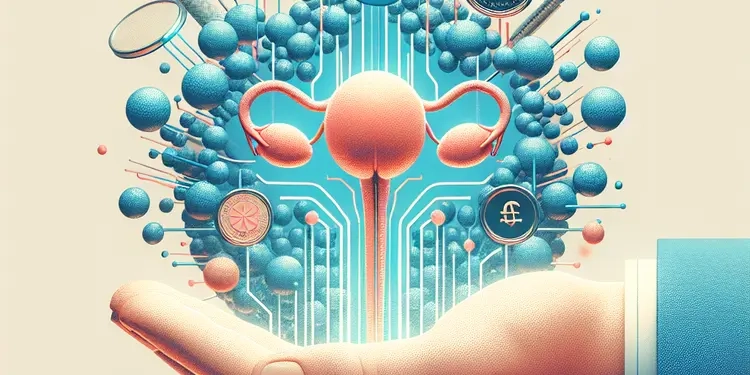
Can prostate cancer be treated with targeted therapy?
Relevance: 9%
-
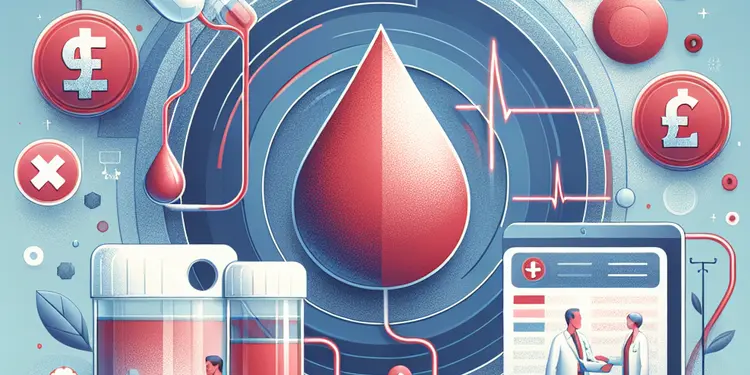
What kind of follow-up care is needed after a blood transfusion?
Relevance: 8%
-

What is AIDS?
Relevance: 8%
-

How does cryotherapy work in treating prostate cancer?
Relevance: 8%
Sickle Cell Anaemia
What is Sickle Cell Anaemia?
Sickle cell anaemia is a serious inherited blood disorder in which the red blood cells, which carry oxygen around the body, develop abnormally. Normally, red blood cells are round and flexible, but in sickle cell anaemia, they become shaped like a crescent or sickle. This abnormality can cause blockages in blood flow, leading to pain and potential organ damage. The condition is common in individuals of African, Caribbean, Middle Eastern, and Indian ancestry.Symptoms
The symptoms of sickle cell anaemia can vary, but common signs include episodes of intense pain called sickle cell crises, anaemia (a shortage of red blood cells leading to tiredness and breathlessness), and an increased risk of infections. Other symptoms may include delayed growth in children, chronic pain, and problems with vision due to damage to the retina.Diagnosis
Sickle cell anaemia is usually diagnosed through a blood test. In the UK, the condition is often discovered during newborn screening. If you or someone in your family has a history of sickle cell anaemia or you're experiencing symptoms, your GP can arrange for a blood test to check for the disease. Prenatal testing is also available to determine if a fetus has sickle cell anaemia.Treatment
There isn't a universal cure for sickle cell anaemia, but treatments are available to manage symptoms and prevent complications. Pain relief medications, blood transfusions, and medicines such as hydroxycarbamide can help reduce the frequency of painful episodes. Regular health checks and vaccinations are recommended to prevent infections. In some severe cases, a bone marrow or stem cell transplant may offer a potential cure.Living with Sickle Cell Anaemia
People with sickle cell anaemia can lead full lives with proper management and care. It's crucial to stay hydrated, avoid extreme temperatures, and manage stress to reduce the risk of a sickle cell crisis. Regular medical follow-ups and adherence to treatment plans are essential to keeping symptoms in check. The NHS provides robust support services, including pain management clinics, specialist care teams, and patient education resources to help those living with the condition.Support and Resources
There are various support groups and resources available for individuals and families affected by sickle cell anaemia. The NHS works closely with organizations such as the Sickle Cell Society to provide educational materials, counseling, and support networks. These resources are valuable in helping patients manage the condition, offering both emotional support and practical advice. For more detailed information, speak to your healthcare provider or visit the NHS website.Sickle Cell Anaemia
What is Sickle Cell Anaemia?
Sickle cell anaemia is a health problem you get from your parents. It affects your blood. Blood cells usually look like little round balls. But with sickle cell anaemia, they look like a crescent moon. These cells can block blood flow, which can hurt a lot and damage parts inside your body. People with ancestors from Africa, the Caribbean, the Middle East, and India are more likely to have this condition.Symptoms
People with sickle cell anaemia can feel different symptoms. They might have very painful episodes called sickle cell crises. They might feel very tired and out of breath because they have fewer red blood cells. They can also get sick more easily. Other symptoms include growing slowly if they are children, having long-lasting pain, and problems seeing well because the eye gets hurt.Diagnosis
Doctors can find out if someone has sickle cell anaemia with a blood test. In the UK, babies are tested for the condition soon after they are born. If you or someone in your family has sickle cell anaemia or you feel unwell, talk to your doctor. They can do a blood test to check. Pregnant women can also have a test to see if the baby has sickle cell anaemia.Treatment
There is no complete cure for sickle cell anaemia, but doctors can help with the symptoms. Medicine can help with pain and other problems. Sometimes, doctors give new blood to help. Certain medicines can make painful episodes happen less often. Regular check-ups and vaccinations can help prevent infections. In some serious cases, a special procedure called a bone marrow or stem cell transplant might be a cure.Living with Sickle Cell Anaemia
With good care, people with sickle cell anaemia can live happy lives. It is important to drink lots of water, stay away from very hot or cold places, and keep stress at bay to avoid a crisis. Regular visits to the doctor and following treatment plans are essential. The NHS can help a lot. They offer pain clinics, special medical teams, and education to support those with the condition.Support and Resources
Many groups and resources can help people with sickle cell anaemia and their families. The NHS works with the Sickle Cell Society to give information, advice, and support. These groups offer emotional support and practical help. For more information, talk to your doctor or visit the NHS website.Frequently Asked Questions
What is sickle cell anaemia?
Sickle cell anaemia is a serious inherited blood disorder where the red blood cells, which carry oxygen around the body, develop abnormally. The condition is particularly common in people with an African or Caribbean family background.
What causes sickle cell anaemia?
Sickle cell anaemia is caused by a faulty gene called the sickle cell gene. A person needs to inherit two copies of the sickle cell gene, one from each parent, to develop the condition.
What are the symptoms of sickle cell anaemia?
The most common symptoms include painful episodes called sickle cell crises, increased risk of infections, and symptoms of anaemia such as tiredness and shortness of breath.
How is sickle cell anaemia diagnosed?
Sickle cell anaemia is usually diagnosed through a blood test. In the UK, all newborns are screened for the condition as part of the newborn bloodspot (heel prick) test.
Can sickle cell anaemia be cured?
Currently, the only cure for sickle cell anaemia is a stem cell or bone marrow transplant. However, this is only possible for a small number of affected individuals and carries significant risks.
How is sickle cell anaemia treated?
Treatment mainly focuses on managing symptoms and preventing complications. This includes regular pain relief, antibiotics, blood transfusions, and hydroxyurea medication to reduce the frequency of pain episodes.
What are sickle cell crises?
Sickle cell crises are episodes of severe pain that occur when the sickle-shaped red blood cells block blood flow to certain parts of the body. These episodes can last from hours to days and require pain management.
How can sickle cell anaemia affect life expectancy?
With modern treatments and careful management, many people with sickle cell anaemia in the UK now live into their 40s, 50s, and beyond. However, the condition can still shorten life expectancy.
What complications can arise from sickle cell anaemia?
Possible complications include stroke, acute chest syndrome, organ damage, and infections. Regular medical check-ups are important to monitor and manage these risks.
Can people with sickle cell anaemia travel?
Yes, people with sickle cell anaemia can travel, but they need to take precautions. These include staying hydrated, avoiding extreme temperatures, and ensuring access to medical care if needed.
Can sickle cell anaemia be inherited?
Yes, sickle cell anaemia is an inherited condition. If both parents carry the sickle cell gene, there is a 25% chance with each pregnancy that the child will inherit the disorder.
Is there a support system for people with sickle cell anaemia in the UK?
Yes, there are several support groups and charities, such as the Sickle Cell Society, that offer information, support, and advocacy for people living with sickle cell anaemia.
Can sickle cell anaemia affect pregnancy?
Yes, sickle cell anaemia can pose risks during pregnancy, including increased chances of pain episodes, infections, and complications with the pregnancy itself. Women with the condition should receive specialist care.
What lifestyle changes can help manage sickle cell anaemia?
Maintaining a healthy lifestyle is important. This includes staying hydrated, eating a balanced diet, exercising regularly, avoiding stress and infections, and not smoking.
What research is being done to improve treatment for sickle cell anaemia?
Research is ongoing to find better treatments and potential cures. This includes gene therapy, new medications, and improved methods for performing bone marrow transplants.
What is sickle cell anaemia?
Sickle cell anaemia is a blood disease. It can make you feel very tired and weak. It happens when red blood cells are shaped like a sickle, or a banana, instead of a circle. These sickle-shaped cells can get stuck in small blood vessels. This can cause pain and problems in your body. People with this disease need special care from doctors.
Here are some tools and tips that can help:
- See a doctor regularly.
- Take any medicine the doctor gives you.
- Drink lots of water to stay healthy.
- Eat healthy foods.
- Ask for help from friends and family.
Sickle cell anaemia is a serious blood problem that you are born with. It affects the red blood cells that move oxygen around your body. These cells can change shape and stop working properly. This health issue is mostly found in people from African or Caribbean families.
What makes sickle cell anaemia happen?
Sickle cell anaemia is a disease you get from your parents. It affects your blood. Blood helps your body work.
In sickle cell anaemia, red blood cells are banana-shaped, not round. This can make you feel tired and can sometimes hurt.
To learn more, you can ask a doctor or read a simple book about it.
Sickle cell anaemia is caused by a problem in your genes. This problem is called the sickle cell gene. To have sickle cell anaemia, you need to get this gene from both your mum and your dad.
What happens when you have sickle cell anaemia?
Sickle cell anaemia is an illness that can make you feel unwell. Here are some things you might feel if you have it:
- Tiredness: You might feel very tired all the time.
- Pain: You could have pain in parts of your body, like your arms, legs, or tummy.
- Shortness of breath: Sometimes, you might find it hard to breathe or feel out of breath.
- Frequent infections: You might get sick more often than other people.
- Swelling: Parts of your body, like your hands or feet, might swell up.
- Pale skin: Your skin might look lighter than usual.
If you feel any of these, tell a grown-up or a doctor. They can help make sure you are okay. Drawing pictures or using toys to explain how you feel can help too.
Sickle cell can make you feel very hurt sometimes. These are called sickle cell crises. You might also get sick more easily. You can feel very tired and find it hard to breathe because of something called anaemia.
How do doctors know if someone has sickle cell anaemia?
Doctors can find out if a person has sickle cell anaemia by doing a blood test. This test looks at the red blood cells to see if they are the right shape.
If you are a bit worried about the test, it can help to have a friend or family member with you for support. You can also ask the doctor any questions you have to feel more comfortable.
Using simple pictures and charts can help understand how the blood test works and what the results mean. Reading with a friend or using an audiotape may also be helpful.
Sickle cell anaemia is found with a blood test. In the UK, all babies have a special test called a heel prick test to check for this condition when they are born.
Can sickle cell anaemia be made better?
Sickle cell anaemia is a blood problem. It makes red blood cells the wrong shape.
Doctors are learning new ways to help. Some treatments can help with pain and tiredness.
A bone marrow transplant is one way that might make it better. It does not work for everyone.
Talking to a doctor is the best way to find out more about this.
Tools that help:
- Use pictures to show how sickle cell anaemia looks.
- Ask a helper to read it with you.
- Watch videos made for kids about sickle cell anaemia.
The only way to fix sickle cell anaemia is with a stem cell or bone marrow transplant. But this is only an option for a few people, and it can be very risky.
How do doctors help people with sickle cell anaemia?
Doctors try to help by making the pain better and stopping more problems. This means taking pain medicine, using antibiotics to stop infections, getting new blood if needed, and taking a medicine called hydroxyurea to have less pain.
What are sickle cell crises?
Sickle cell crises are times when people with sickle cell disease have bad pain. This happens because their red blood cells get stuck. The cells are not round like normal red blood cells. They look like a sickle, which is a tool with a curved shape.
When blood cells get stuck, they can stop blood from flowing in the body. This causes pain. The pain can be in the belly, chest, arms, legs, or back.
People can use heating pads, drink lots of water, and rest to feel better. Medicine from the doctor can also help.
It is good to talk to a doctor about ways to stop sickle cell crises. They have tips and medicine that can help.
Sickle cell crises are times when someone has a lot of pain. This happens because some red blood cells are shaped like a banana and can block the flow of blood in the body. The pain can last for a few hours or even a few days. Doctors give medicine to help with the pain.
How does sickle cell anaemia affect how long people live?
Today, with new treatments and good care, many people with sickle cell anaemia in the UK can live to be 40, 50, or older. But this illness can still mean they might not live as long as other people.
What problems can happen because of sickle cell anaemia?
Sickle cell anaemia is a sickness that makes blood cells shaped like a 'C'.
People with sickle cell anaemia might have these problems:
- Pain in their bodies.
- Infections that happen often.
- Feeling very tired and weak.
- Problems with their heart or lungs.
- Not growing as fast as other kids.
Here are some ways to help:
- Go to the doctor for check-ups.
- Take medicine to feel better.
- Eat healthy food and drink lots of water.
Ask for help if you need it, like from family or teachers.
Sometimes, people can have problems like a stroke, pain in the chest, harm to body parts inside, or get sick with an infection. Going to the doctor often can help watch out for these problems and keep you healthy.
Can people with sickle cell anaemia go on trips?
Yes, people with sickle cell anaemia can go on trips.
Here are some tips to help:
- Visit your doctor before you go. They can check if you are okay to travel.
- Drink lots of water. It helps to keep your body healthy.
- Rest well and do not get too tired.
- Take all your medicines with you. Pack them in your hand luggage.
- If you are flying, ask for oxygen if you need it.
It is important for people with sickle cell anaemia to plan ahead and be careful, but they can enjoy traveling.
Yes, people with sickle cell anaemia can go on trips, but they need to be careful. They should drink lots of water, stay away from places that are too hot or too cold, and make sure they can see a doctor if they need help.
Can you get sickle cell anaemia from your parents?
Yes, you can get sickle cell anaemia from your parents. This is because it is passed down through families. If both your parents have the sickle cell gene, you might get sickle cell anaemia.
Here are some helpful steps:
- Talk to a doctor if you have questions.
- Use pictures or diagrams to learn more.
- Ask someone you trust to explain it to you.
Yes, sickle cell anaemia is something you inherit from your parents. If both parents have the sickle cell gene, there is a 25% chance that their child will have this illness.
Is there help for people with sickle cell anaemia in the UK?
Yes, there is help for people with sickle cell anaemia in the UK. People with sickle cell can get care from doctors and nurses. There are also special groups that can help. These groups can give advice and support.
If you have sickle cell anaemia, you can talk to your doctor or nurse. They can tell you where to get the help you need. You can also ask family members or friends for help.
Using pictures or simple words can make it easier to understand what sickle cell anaemia is. There are also apps and websites that can help explain things in a clear way. These tools can help you learn more and feel supported.
Yes, there are groups and charities that help people with sickle cell anaemia. One of them is called the Sickle Cell Society. They give information, support, and speak up for people with this illness.
Can sickle cell anaemia affect pregnancy?
Sickle cell anaemia is a blood problem. It can make red blood cells look like a sickle or a banana. This can make you feel unwell.
If you are pregnant and have sickle cell anaemia, it is important to talk to your doctor. Your doctor can help you have a healthier pregnancy. They might give you special vitamins and make sure you get extra care.
To help understand this better, you can use pictures, diagrams, or stories. A doctor or nurse can also explain it to you in person.
Yes, sickle cell anaemia can cause problems when you are going to have a baby. It can make you have more pain, get sick more easily, and have other problems while pregnant. Women with this condition should see a special doctor to help them.
Helpful tools:
- Use a calendar or diary to remember doctor visits.
- Ask a family member or friend to come to appointments.
- Use picture charts or apps to help understand the doctor's advice.
How can you change your life to help with sickle cell anaemia?
Living healthy is important. Here are some simple tips:
- Drink lots of water.
- Eat different kinds of healthy foods.
- Exercise often.
- Stay calm and happy.
- Try not to catch colds or infections.
- Don’t smoke.
Using a chart to track water and food can help. Drawing pictures to show feelings can also help to deal with stress.
What are scientists doing to make sickle cell anaemia treatment better?
Scientists are working hard to help people with sickle cell anaemia feel better.
Here are some things they are doing:
- They are trying new medicines to help people feel less pain.
- They are studying how gene therapy can make sickle cell better.
- They are learning more about how to help people stay healthy.
Tools can help you understand more:
- Use a dictionary if you find a word hard.
- Ask someone to explain tricky parts.
Scientists are working to find better ways to help people get well. They are trying things like fixing genes, making new medicines, and finding better ways to do bone marrow transplants.
Useful Links
- Ergsy carfully checks the information in the videos we provide here.
- Videos shown by Youtube after a video has completed, have NOT been reviewed by ERGSY.
- To view, click the arrow in centre of video.
- Most of the videos you find here will have subtitles and/or closed captions available.
- You may need to turn these on, and choose your preferred language.
- Go to the video you'd like to watch.
- If closed captions (CC) are available, settings will be visible on the bottom right of the video player.
- To turn on Captions, click settings .
- To turn off Captions, click settings again.
More Items From Ergsy search
-

Sickle cell anaemia | NHS
Relevance: 100%
-

What are the complications of sickle cell disease?
Relevance: 73%
-

What are the symptoms of sickle cell disease?
Relevance: 72%
-

Introduction to Sickle cell disease
Relevance: 70%
-

What is sickle cell disease?
Relevance: 70%
-

How is sickle cell disease diagnosed?
Relevance: 62%
-

How is sickle cell disease treated?
Relevance: 62%
-

How is sickle cell disease inherited?
Relevance: 61%
-

Anaemia One stop shop
Relevance: 56%
-

Tour of the Sickle Cell and Thalassaemia Unit at City Hospital | SCaT
Relevance: 53%
-

Sickle cell patients share their experiences with the last NHS Chief Executive Amanda Pritchard
Relevance: 49%
-

What is Anaemia (iron deficiency)?
Relevance: 43%
-

What causes iron deficiency anemia?
Relevance: 40%
-

Why might someone need a blood transfusion?
Relevance: 36%
-

What are some common reasons blood transfusions are needed?
Relevance: 36%
-

Will I be in a shared or single cell?
Relevance: 28%
-

When do I find out about my cell assignment?
Relevance: 24%
-

Leukaemia: What are the signs and symptoms? | NHS
Relevance: 20%
-

Can certain medical conditions prevent receiving blood transfusions?
Relevance: 19%
-

What types of blood products can be transfused?
Relevance: 18%
-

What is a blood transfusion?
Relevance: 15%
-
What role do mitochondria play in the cell?
Relevance: 14%
-

Blood Product Transfusions
Relevance: 14%
-

Blood Transfusion
Relevance: 13%
-

Heavy periods (heavy menstrual bleeding)
Relevance: 12%
-

Screening tests for you and your baby | NHS
Relevance: 12%
-

How does HIV affect the immune system?
Relevance: 11%
-

4 facts about blood cancer that you should know | NHS
Relevance: 11%
-

Symptoms of coeliac disease
Relevance: 10%
-

What is cervical screening (smear test)?
Relevance: 9%
-

Can someone have a reaction to a mismatched blood transfusion?
Relevance: 9%
-

Are there risks associated with blood transfusions?
Relevance: 9%
-

What is the difference between HIV and AIDS?
Relevance: 9%
-

What to expect on the first day in a British prison.
Relevance: 9%
-

Learn about bowel cancer (British Sign Language version)
Relevance: 9%
-

What is Mitochondrial disease?
Relevance: 9%
-

Can prostate cancer be treated with targeted therapy?
Relevance: 9%
-

What kind of follow-up care is needed after a blood transfusion?
Relevance: 8%
-

What is AIDS?
Relevance: 8%
-

How does cryotherapy work in treating prostate cancer?
Relevance: 8%


